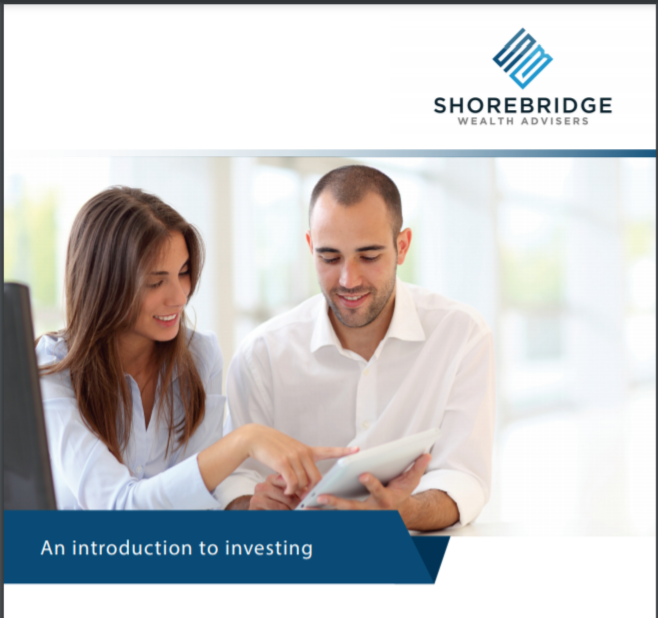Your 60s are the time in which you’re most likely to retire – according to the Australian Bureau of Statistics, of the Aussies who are planning their retirement, the average age they intend to retire is 65.5 years. But just because you’re getting close to retirement age, doesn’t mean you can afford to stop being proactive about building your nest egg.
Alternatively, you might decide to follow through with your plans, and accept that your retirement income might be smaller. No matter which approach you choose, keeping an open mind and a flexible approach can make it easier to adapt to the current global economic situation.
Have a financial plan for your dream retirement
Many people love what they do and may not be looking forward to the prospect of walking away from full-time work. Others might be counting down the minutes until they can leave the office behind or be keen to scale back to part-time hours. Regardless of which category you fall into, as you start planning for retirement more seriously, now is the time to start picturing what your dream retirement will look like.
You can also use this time to turn your skills and hobbies – such as consulting or mentoring others – into additional retirement income. Whether you’re looking for part-time work or a hobby that brings in a little extra, why not get creative, keep busy, make new friends, and earn extra cash on the side, all at the same time?
Learn to live more frugally
Just because retirement is in your sights doesn’t mean you no longer need a retirement budget – in fact, retirement planning becomes essential in your final years in the workforce. To make sure your retirement savings are sufficiently healthy to support you through the rest of your life, it’s a good idea to revisit your budget and look at all the extra ways you can cut back on spending to give your finances a final boost.
Switching to online banking and shopping can be a sound way to keep track of your income and expenses so you have a better idea of where every dollar is being spent.
Now that you’re less likely to have dependants living with you, consider downsizing into an apartment or a smaller home – you’ll save money (reduced utility bills) and time (less space to clean). Think about selling furniture and other objects that you no longer need, including big-ticket items like a second car. Tightening your belt on the big things means you’ll still be able to afford the luxuries you’ve been counting on enjoying in retirement.
Fine-tune your passive income in retirement
Having a passive income stream – that is, income you earn from an investment, such as property or shares, rather than income you earn by working – is a great way to maintain your finances when you’re no longer in full-time employment.
Start by working out what style of investor you are, and then consider the type of portfolio that will best match your risk tolerance and the number of years you have left in the workforce. Talk to a financial adviser if you need more guidance on how to structure your investments.
Set up an emergency fund
Unexpected costs arise at all stages of life, whether related to your property or your health. In fact, recent research estimates that an Australian couple will spend between $4,700 and $9,500 a year on healthcare in retirement.
When you no longer have a steady income stream, dealing with these potentially hefty expenses can mean dipping into your savings. To avoid this, set up an emergency fund to cover any unplanned bills. Based on the average healthcare amounts mentioned above, you should be budgeting around $25 a day for an individual or, for a couple, $780 a month. Here’s how you can plan for unexpected healthcare costs in retirement.
Stay insured when you stop working
More than 70% of Australians with life insurance hold it through their superannuation. But in most cases, this ends when you turn 65. If you haven’t taken out separate life insurance, you may want to do it before you stop working.
The purpose of this type of insurance is to provide you and your family with financial security if you were to die or become terminally ill. Your premiums will be higher in your 60s, but you’ll have financial peace of mind knowing that things like living expenses will be taken care of if there’s an emergency.
Source: AMP





